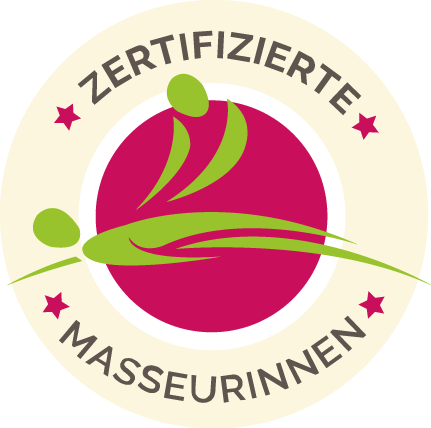Thaimassage & Effects General informations about Thaimassage
Quotation from: WIKIPEDIA the free encyclopedia
Thai massage is a type of massage in Thai style that involves stretching and deep massage. This form of bodywork is usually performed on the floor, and the client wears comfortable clothes that allow for movement. No oils are used in Thai massage. It is known in Thailand as "nuat phaen boran", literally, the ancient-manner massage.
In Thailand, Thai massage is one of the branches of Traditional Thai Medicine (TTM), now recognized and regulated by the government, and is widely considered to be a medical discipline used for the treatment of a wide variety of ailments.
On the other hand, Thai massage is also practiced and taught by a number of non-medical massage technicians in the spa and tourism industries.
In North America and Europe, an increasing number of practitioners and teachers of Thai massage have emerged since the 1990s. In Europe, the United States, Thai massage is a growing modality among clients of massage clinics and massage therapists seeking continuing education.
"Nuat boran" is the Thai name for a type of body work native to Thailand (nuat = pressure, boran = ancient). Thai massage is also known as northern-style Thai massage, Buntautuk style, Old Medicine Hospital Style, traditional Thai massage, Traditional Thai Medical Massage, Ancient Massage, Thai Yoga, Thai Yoga Massage, Yoga Massage, Thai Classical Massage, Thai Bodywork, Passive Yoga, Assisted Yoga, and Ancient Siamese Bodywork.
History
The founder of Thai massage and medicine is said to have been Shivago Komarpaj (Jivaka Kumar Bhaccha), who is said in the Pali Buddhist Canon to have been the Buddha's physician over 2500 years ago. In fact, the history Thai massage is more complex than this legend of a single founder would suggest.
Thai massage, like Traditional Thai Medicine more generally, is a combination of influences from Indian, Chinese, Southeast Asian cultural spheres and traditions of medicine.
The art as it is practiced today is likely to be the product of a 19th century synthesis of various healing traditions from all over the kingdom.
Even today, there is considerable variation from region to region across Thailand, and no single routine or theoretical framework that is universally accepted among healers.
Theory and Practice
Generally speaking, practitioners of modern Thai massage operate on the theory that the body is permeated with "lom," or "air," which is inhaled into the lungs and which subsequently travels throughout the body along 72,000 pathways called "sen," or "vessels." Typically, massage therapists manipulate a handful of major sen lines by pressing certain points along the lines. In most models, the sen originate at the navel and spread throughout the body to terminate at the orifices. A significant part of the practice of Thai massage also includes yoga-like stretches which are intended to stimulate the sen and move lom through the body via a pumping action which is connected with the patient's breathing.
The theory of sen and lom is often translated into English as "meridians" and "energy." While there are some superficial similarities to Chinese meridian theory, the Thai system is markedly different as the sen are unconnected from the internal organs.
The above quoted text and just optically modified text is from the online-encyclopedia Wikipedia (24 Dec 2009). Text is available under the Creative Commons Attribution-ShareAlike License; additional terms may apply. See Terms of Use for details.
Wikipedia® is a registered trademark of the Wikimedia Foundation, Inc., a non-profit organization.


